In Yangsan, on the southeastern slopes of Mount Yeongchuksan, you can find Tongdosa Temple. Tongdosa is one of the three jewel temples of Korea and is a significant center of Buddhism in the country. The three jewels represent the Buddha (Siddhartha Gautama), the Dharma (The teachings of the Buddha), and the Sangha (The Buddhist community).
Tongdosa was founded in 646 AD by monk Jajang. He studied Buddhism in Tang, China. According to legend, he brought back a robe, a begging bowl, and a bone from the skull of the Buddha himself, which are enshrined in the temple. Unlike other temples, Tongdosa does not house a statue of the Buddha in its main hall and instead is dedicated to these relics.
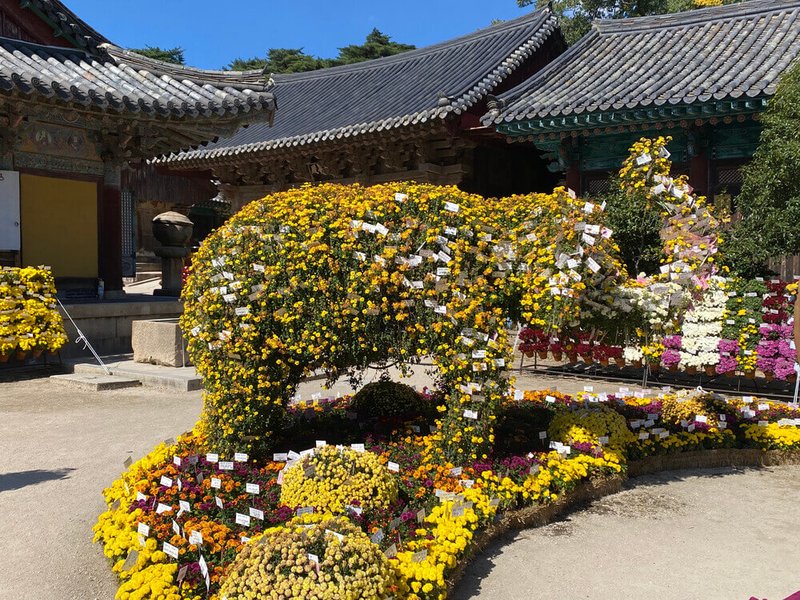
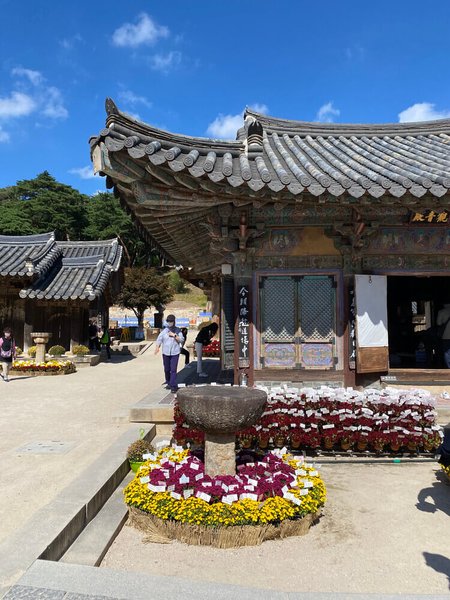
It’s because of these relics that Tongdosa represents the Buddha of the three jewels. The other jewel temples are Haeinsa (in Gayasan National Park), which represents the Dharma, and Songgwangsa (in South Jeolla Province), which represents the sangha.
Tongdosa is a head temple of the Jogye order. The Jogye order is the largest Buddhist denomination in Korea. The property is huge. It covers an area of over 64 hectares and has over 60 buildings. The temple played a crucial role in the development and preservation of Buddhism in Korea. It’s a center of learning and attracts scholars and monks from across the country.
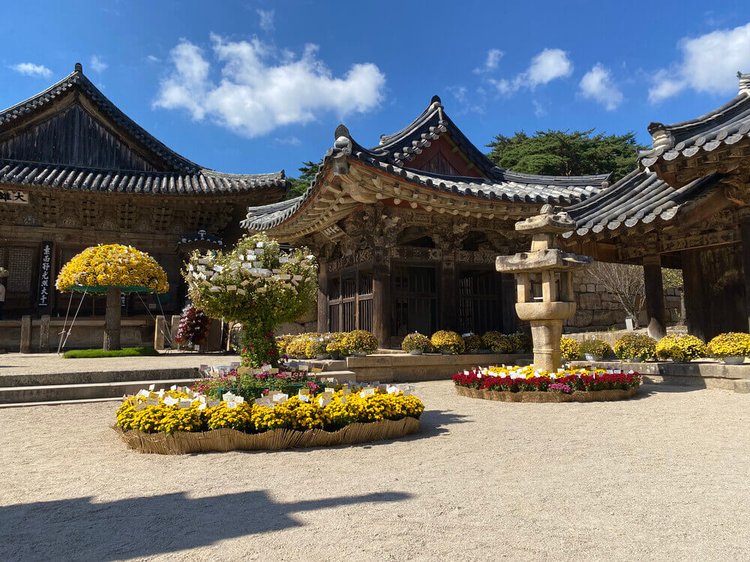
During the Japanese invasion from 1592 to 1598 (Also known as the Imjin War), Tongdosa suffered severe damage. The Japanese forces aimed to conquer the Korean peninsula and targeted many Buddhist temples, because of their cultural and religious significance. Tongdosa was largely destroyed, with only Daeungjeon (Which translates to Great Hero Hall) left intact. The Daeungjeon is the building that in other temples houses the statue of the Buddha, but in the jewel temples are dedicated to each temple’s particular jewel. This hall serves as the main hall for Buddhist rituals and teachings.
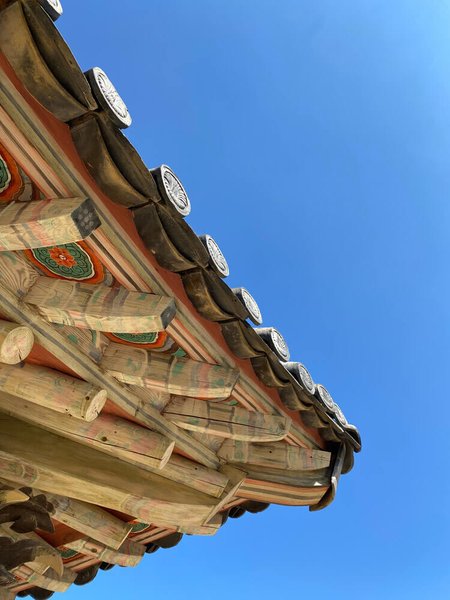
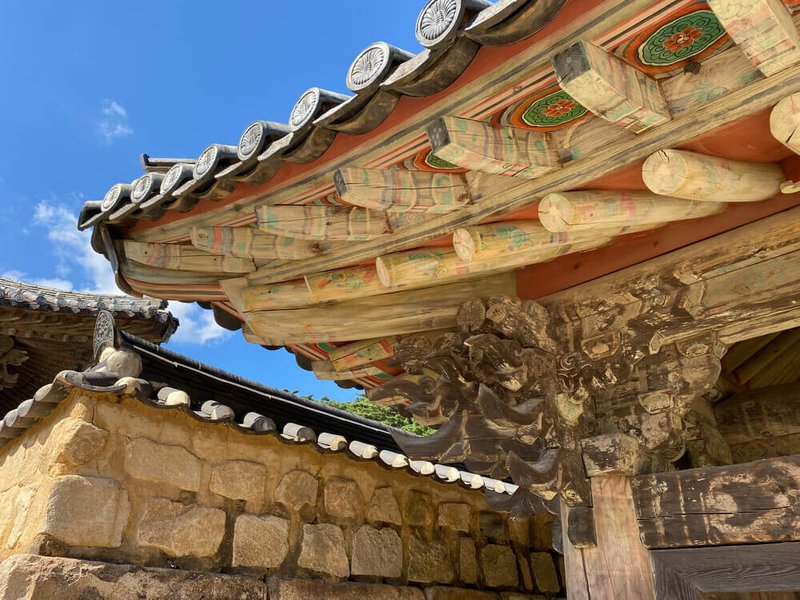
The reconstruction process began in the late 16th century and continued into the early 17th century, but it never regained its former scale and grandeur. The temple was much larger than it is today. Historical records suggest that it had hundreds of buildings and thousands of resident monks. The reconstructed temple was smaller and less elaborate. However, it continued to be of major spiritual and cultural importance.
Another important building is the Geumgang Gyedan or Diamond Altar. This is a three-story stone altar located behind the main hall. The altar is surrounded by 37 stone statues that each represent Buddhist deities. It’s considered a masterpiece of Buddhist art and architecture and is an important site for spiritual practice and meditation. Take some time to walk around the complex. On sunny days you can shoot some beautiful pictures.
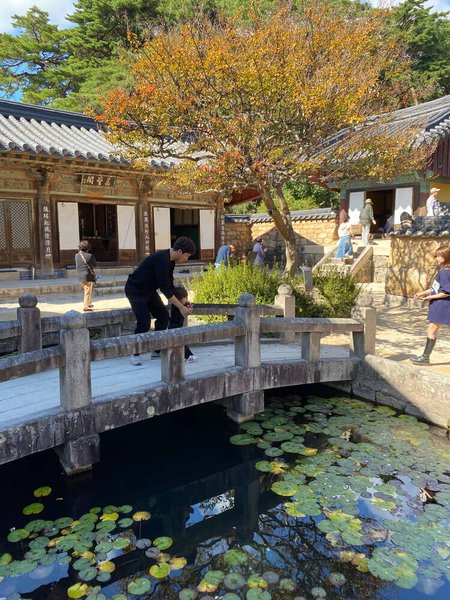
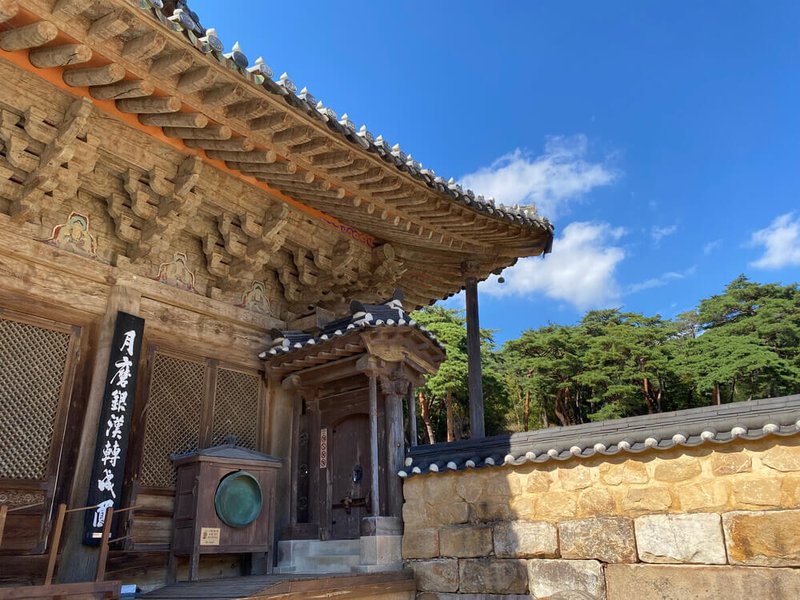
If you go further up the mountain from the parking lot you’ll eventually end up at the Seokgyeong Jeongsil, which is a stone scriptures repository. Tongdosa, because of its cultural importance, its size, and the very old preserved buildings, is already impressive, but to me, this part is especially amazing. This building houses a collection of 160.000 stone tablets of Buddhist scriptures (the Tripitaka Koreana).
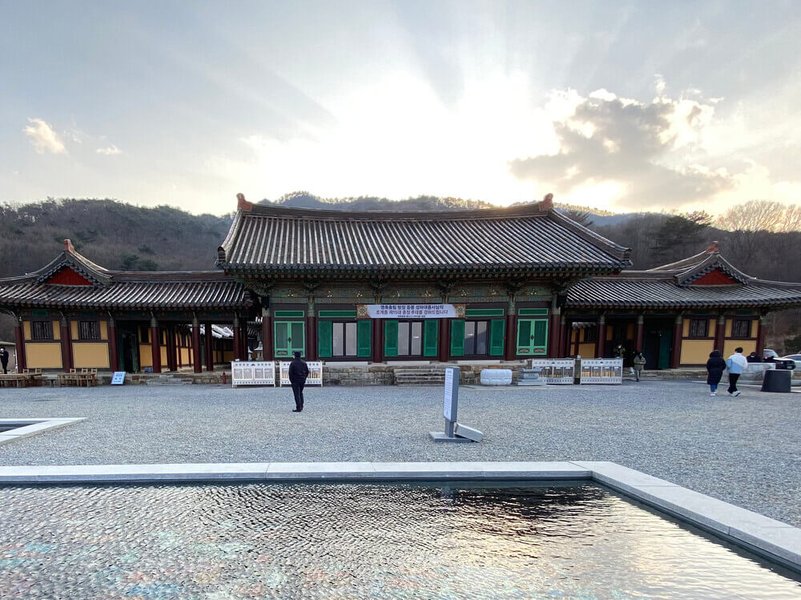

The original scriptures were carved in wooden blocks. These were destroyed in a fire during the Mongol invasion in 1232, however, a revision and re-creation were started 5 years later. This took 12 years to complete. These woodblock scriptures are stored in the Haeinsa Temple. But to ensure the long-term preservation of the Buddhist canon, stone tablets were created in the 1970’s. Tongdosa, as well as Bunhwangsa in Gyeongju, houses a complete set of stone tablets engraved with Buddhist scriptures.

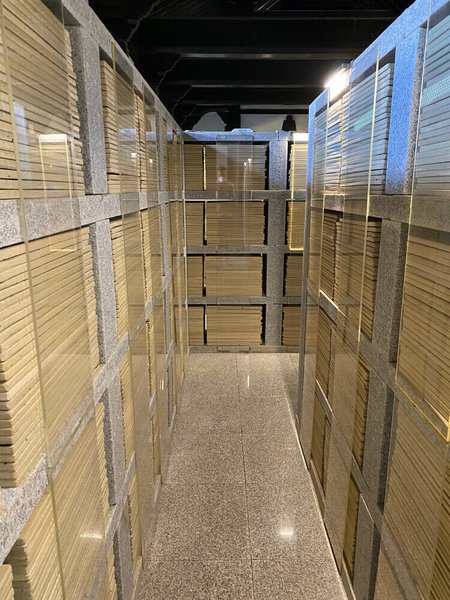
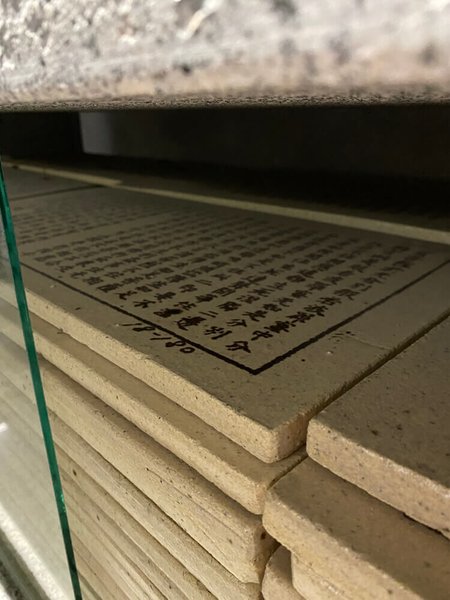
If you ever find yourself in the southeastern part of South Korea, I highly recommend taking the time to visit Tongdosa Temple. Tongdosa offers a fascinating glimpse into the rich spiritual and cultural heritage of Korea. The temple's stunning architecture and historical significance make it a must-see destination.
Naver link: https://naver.me/GJrEDAcV






